YelaoShr Shares HundrED Global Collection 2025 Success with KPM Private Education Division
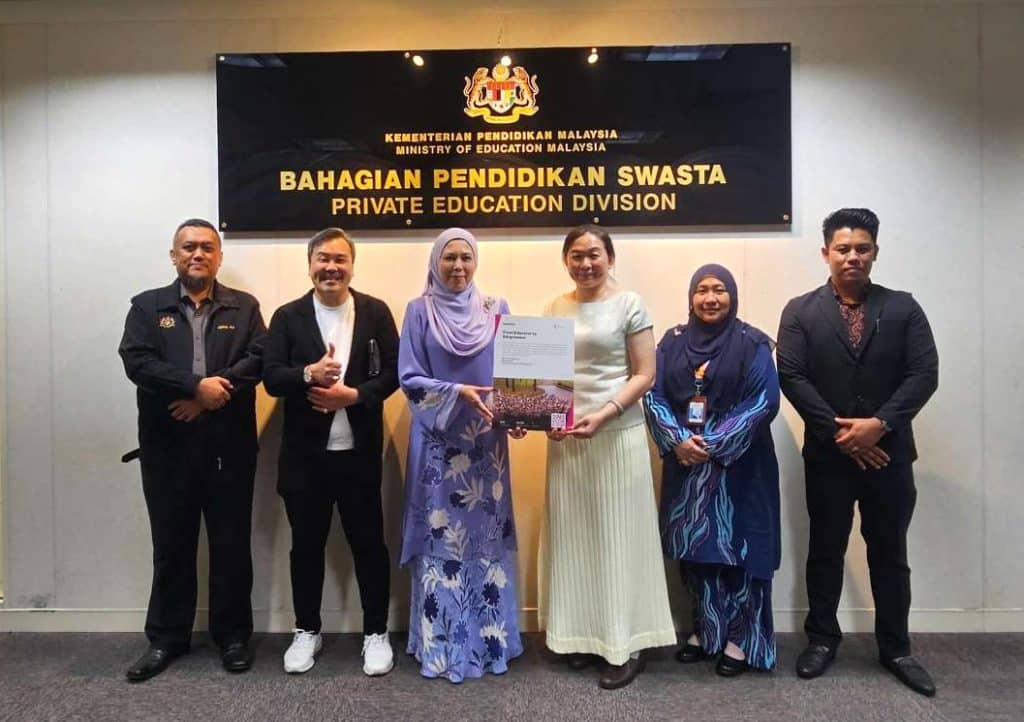
YelaoShr is honored to have had the opportunity to meet with YBhg. Datin Rosliza Rosli, Director of the Private Education Division at the Ministry of Education (KPM), and her team today. During this meeting, we shared the success of our program, “From Educator to Edupreneur,” which has been recognized in the HundrED Global Collection 2025 […]
Dr. David Yap’s Vision for the Future of Education: Embracing Finnish Innovation and EdTech for Transformative Learning
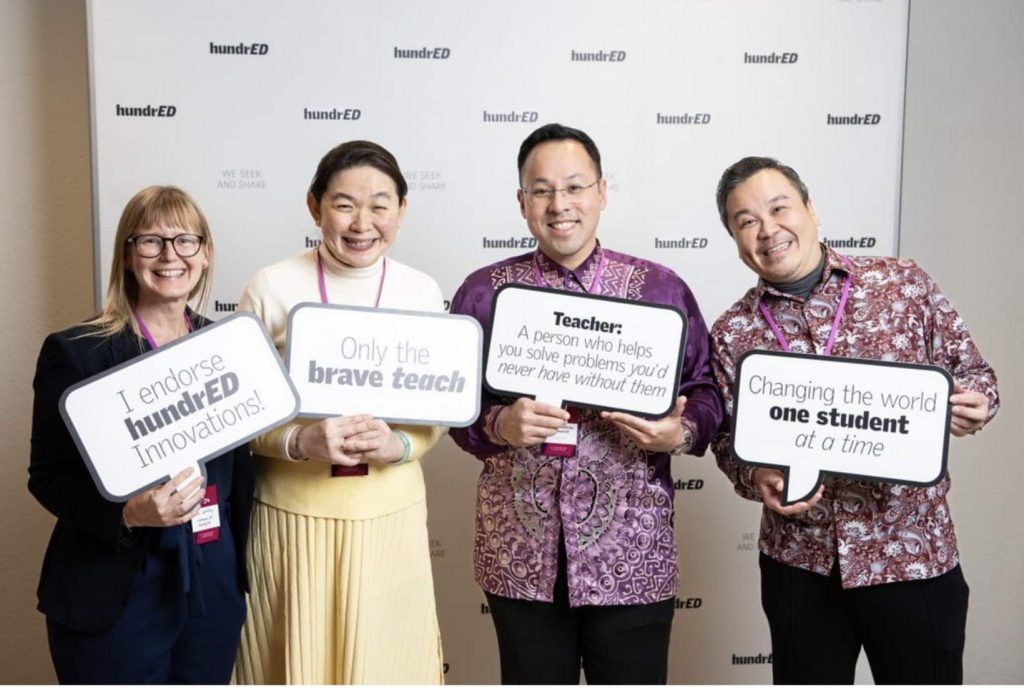
First from the right, Dr. David Yap, CEO of Yelaoshr Education Group From November 12 to 14, 2024, Dr. David Yap, CEO of Yelaoshr Education Group, attended the HundrED Innovation Summit held in Helsinki, Finland. The summit brought together global education leaders, scholars, and innovators to discuss the future of education, focusing on the role […]
Join Yelaoshr’s “From Educator to Edupreneur” Talent Development Program and Co-create the Future of Education!
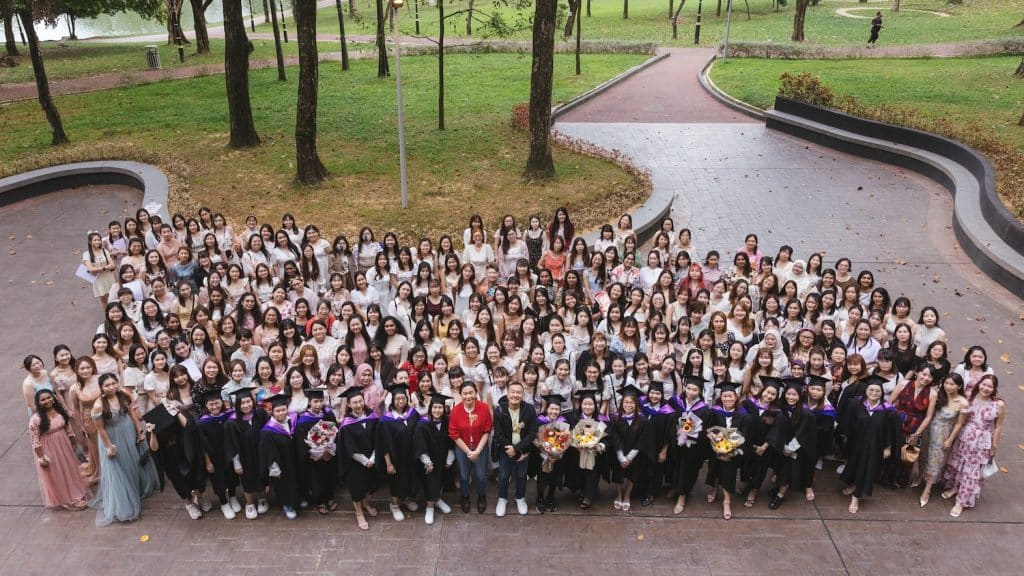
Do you dream of continuously growing in the education field, realizing your self-worth, and building your own career? Yelaoshr’s “From Educator to Edupreneur” Talent Development Program is a great opportunity to create your own ventures. This program is designed for those who want to transition from being educators to becoming Edupreneurs, a term that encompasses […]
Malaysia, Finland Forge Education Partnership Through Innovation
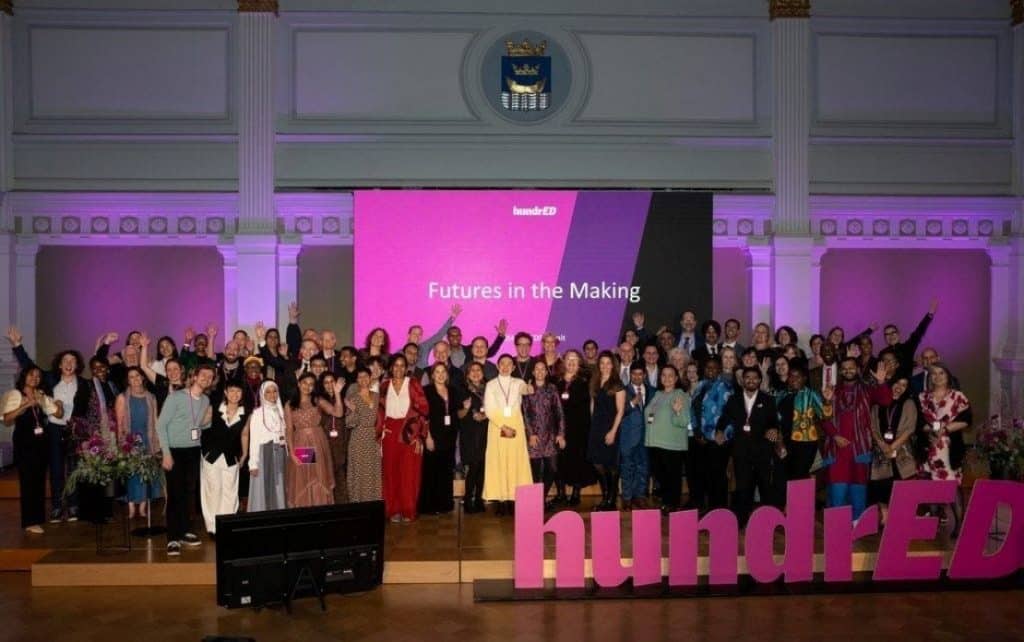
KUALA LUMPUR, Nov 19 (Bernama) — Malaysia and Finland are taking steps to deepen collaboration in education, with Malaysian education innovator Carol Yap Yee Yee’s participation at the HundrED Education Innovation Summit 2024 spotlighting the country’s growing role in global education reform. Held for three days from Nov 12 in Helsinki, the summit showcased groundbreaking […]
Discover Personalized Tuition Classes Near You for Effective Language Development in Children
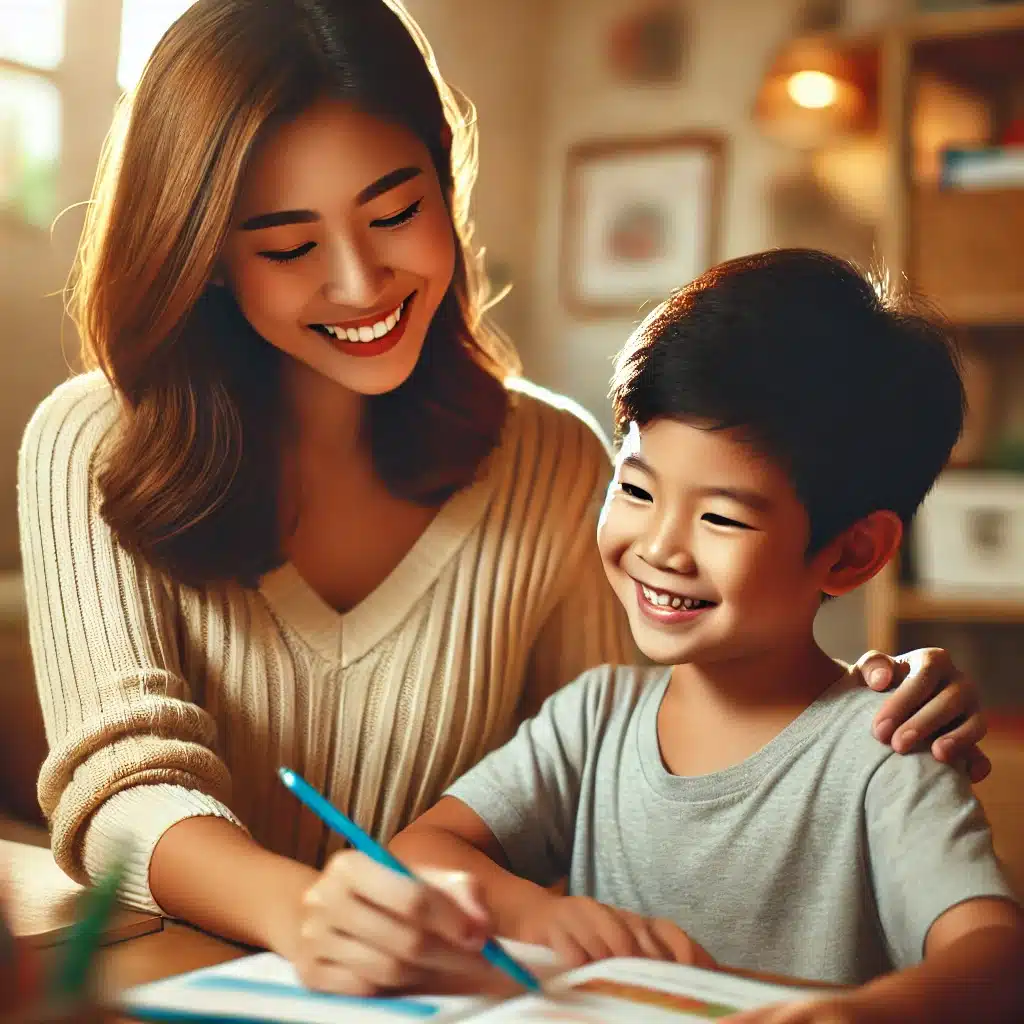
When parents search for “tuition classes near me,” they’re often looking for a program that provides meaningful, tailored support for their child’s learning journey. YelaoShr is more than just a tuition class; we are a One-on-One Creative Teaching Center dedicated to language development in children. Our unique Word Recognition and Reading Method uses a personalized, […]
Having the Best of Both Worlds: Balancing Education and Work Perfectly

Have you ever tossed and turned at midnight, wondering about your future? Do you feel uncertain about whether to continue your education or dive straight into the workforce? For many high school graduates and young people entering society, this is a tricky choice. But now, you don’t have to choose between education and work. YelaoShr® […]
Three Guaranteed Paths to Your Dream Career

In today’s competitive world, many young people and women are looking for opportunities to change their life’s course. Is there a path that not only provides a stable career but also offers the chance to become a business partner in the future? The answer is yes. YelaoShr® offers just such a platform, with three guarantees: […]
What Does the Future Hold for Our Children in an AI-Driven World?

With the rapid advancement of artificial intelligence (AI), our world is undergoing unprecedented changes. More and more jobs are being replaced by automation and AI, leaving many parents wondering: What does the future hold for our children? In a world dominated by AI, does the traditional “top student” model still apply? This article will explore […]
The Ideal Start for 3-6 Year Olds

From ages 3 to 6, children undergo significant cognitive, emotional, and social development. A quality preschool education during this period not only lays a solid academic foundation but also nurtures their interest in learning, confidence, and independence. YelaoShr® Creat!ve Preschool+ is designed to achieve this through unique, small-group Finnish-style teaching, fully unlocking each child’s potential. […]
Will Kids Really Be Ruined by Technology?

The rapid development of internet technology has undeniably changed our way of life. For many parents, their children’s getting absorbed in the online world and neglecting their studies have become serious concerns. Instead of trying to prevent kids from accessing the internet altogether, it’s better to guide and educate them on how to use it […]
